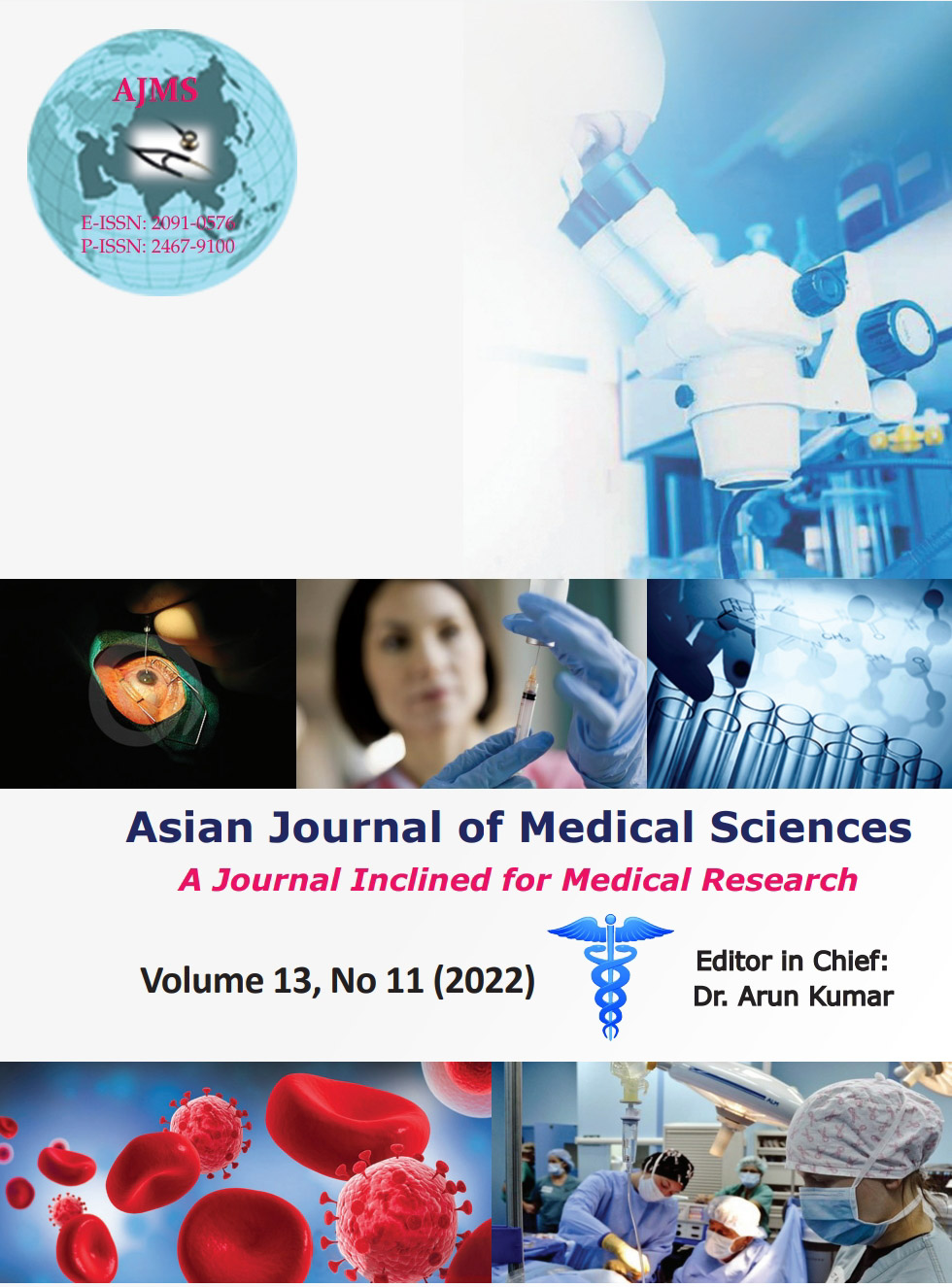Management of symptomatic urolithiasis during pregnancy: Clinical experience from a tertiary centre
Keywords:
Urolithiasis; Pregnancy; Ureterorenoscopy; DJ-stenting; Percutaneous nephrostomyAbstract
Background: Urolithiasis during pregnancy is a complex health problem that can affect maternal and fetal health, needs adequate understanding of the management options available and their relative pros and cons. Patient management needs involvement of obstetrician, radiologist and urologist, as a multidisciplinary team, to avoid any obstetric complications, such as spontaneous abortion and preterm delivery.
Aims and Objectives: The aim of the study was to evaluate urolithiasis and its management in pregnant women at our tertiary care center.
Materials and Methods: We analyzed data of 45 patients diagnosed with urolithiasis during pregnancy between January 2017 and March 2022.We evaluated patients age, gestational age history of urolithiasis, physical examination findings, routine laboratory findings, location, and size of the stone. The effectiveness and complications of the applied treatment methods were also evaluated.
Results: The mean age of 45 patients included in our study was 25 (25.2±4.8) years with mean gestational age of 18.2 weeks. The mean stone size was 10.2 mm and the most common symptom at the time of presentation to hospital was flank pain (73%). Kidney stones were detected in 26 patients and ureteral stones in 19 patients. Although conservative treatment was sufficient in 22 (48.9%) patients, 31 (51.1%) patients required surgical intervention. Major obstetric complications, such as preterm delivery and miscarriage, did not occur in any patients.
Conclusion: Urolithiasis during pregnancy can pose a challenge to urologists, obstetricians, and radiologists, requiring a prompt diagnosis and urgent treatment. On failure of medical management, definitive endoscopic treatment of an acute stone event is a reasonable strategy. In determining the treatment options, fetal and maternal health should be of utmost importance.
Downloads
Downloads
Published
How to Cite
Issue
Section
License
Copyright (c) 2022 Asian Journal of Medical Sciences

This work is licensed under a Creative Commons Attribution-NonCommercial 4.0 International License.
Authors who publish with this journal agree to the following terms:
- The journal holds copyright and publishes the work under a Creative Commons CC-BY-NC license that permits use, distribution and reprduction in any medium, provided the original work is properly cited and is not used for commercial purposes. The journal should be recognised as the original publisher of this work.
- Authors are able to enter into separate, additional contractual arrangements for the non-exclusive distribution of the journal's published version of the work (e.g., post it to an institutional repository or publish it in a book), with an acknowledgement of its initial publication in this journal.
- Authors are permitted and encouraged to post their work online (e.g., in institutional repositories or on their website) prior to and during the submission process, as it can lead to productive exchanges, as well as earlier and greater citation of published work (See The Effect of Open Access).




